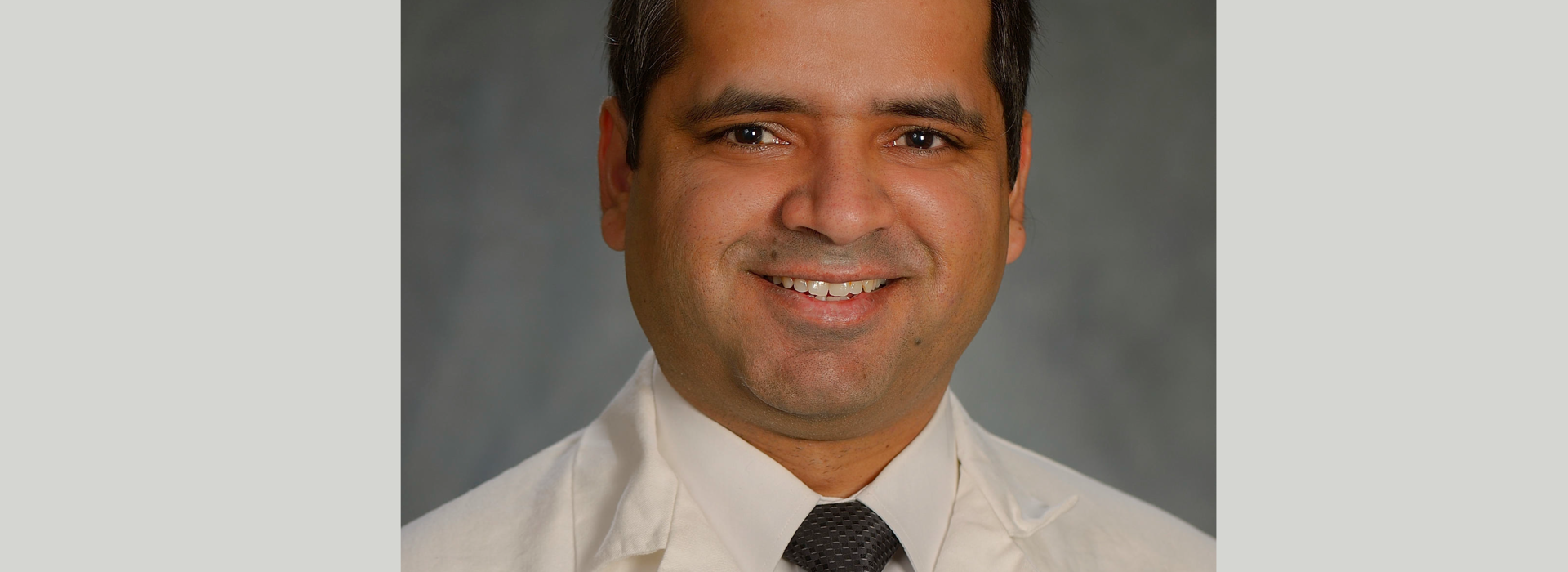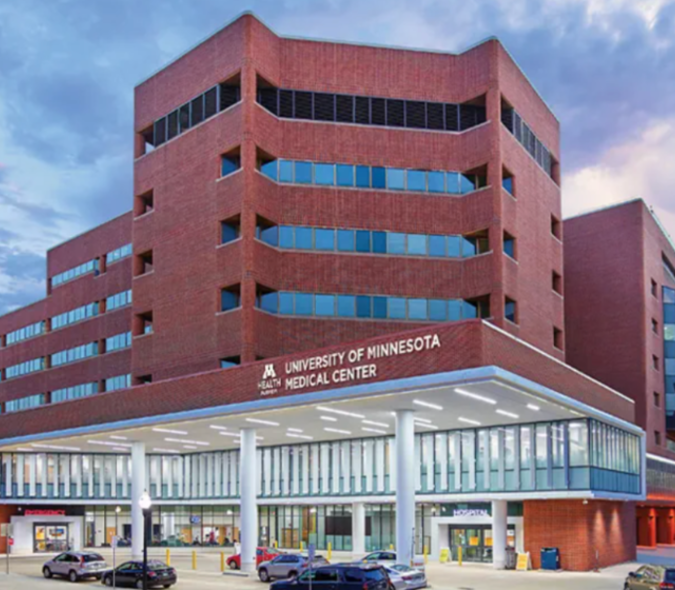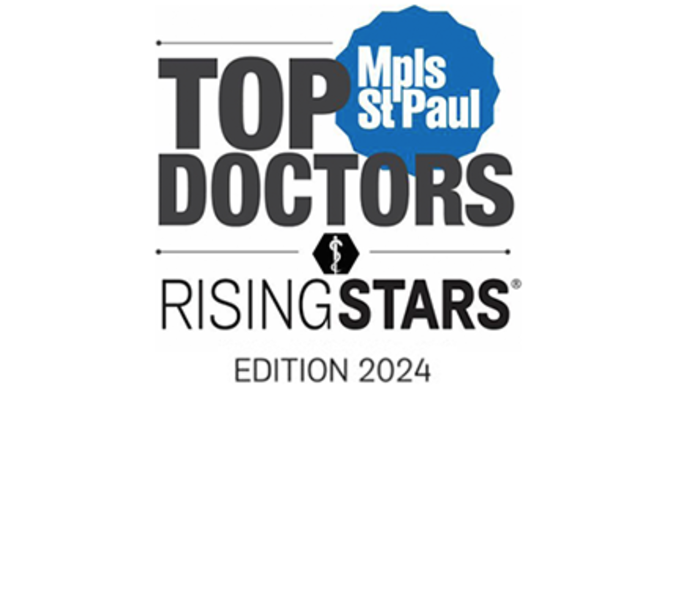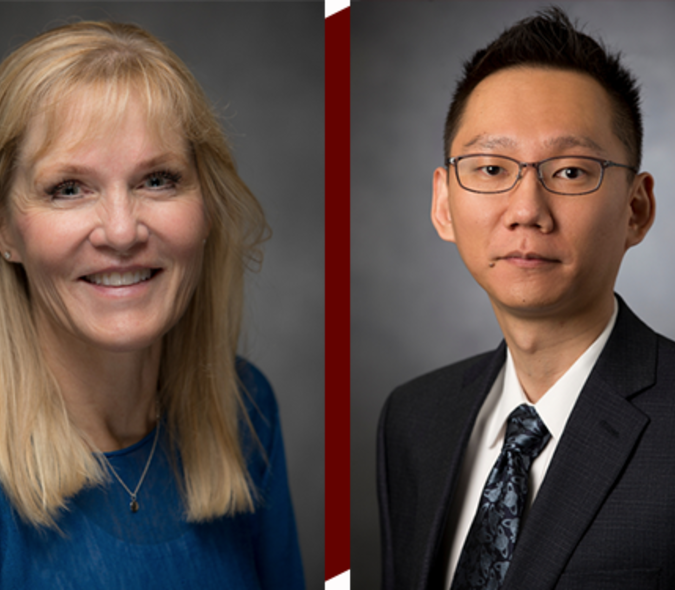
Dr. Anil Chauhan Driven to Better Diagnose Cancer Using Patient-Centered Approach
As a student in India with a propensity for biology, Dr. Anil Chauhan chose the path to becoming a doctor. He attended the All India Institute of Medical School, the top-rated medical school and research university in India. As a medical student, Dr. Chauhan found that he was drawn to medical research and the way it finds the answers to important problems.
“During my final year of medical school, I contacted a faculty member from nuclear medicine about possible research opportunities. I was immediately drawn to immense technical innovations in the medical imaging across the globe, particularly PET-CT. This is where I got interested in pursuing my career in diagnostic radiology,” said Dr. Chauhan.
Dr. Chauhan followed that interest to the University of Minnesota where he did his residency in radiology. During residency, Dr. Chauhan focused on a patient-centered approach to interpreting radiology studies, got involved in multiple research projects, and eventually developed a passion for oncologic imaging.
After residency, Dr. Chauhan pursued a Fellowship in Body Imaging at the University of Texas MD Anderson Cancer Center, one of the top cancer hospitals in the country. He then went on to become an Assistant Professor in the Department of Radiology at the University of Pennsylvania, and Director of the Center for Advanced Liver Imaging before returning to the University of Minnesota to join the Department of Radiology’s Body Division.
“I wanted to move into a position, where I could make a difference with my research, and the University of Minnesota offered that,” said Dr. Chauhan, “There are a lot of opportunities here, which include access to the best MRI research center in the country, engineers and extensive research support for junior faculty.”
Dr. Chauhan’s primary research focus is Liver Diseases.
“30% of Americans are affected by obesity and fat deposition in the liver, which is rapidly approaching towards becoming the most common cause of liver cancer,” said Dr. Chauhan, “There is an immediate need to develop imaging tools to identify liver inflammation and fibrosis early on, so as to prevent these cases from transitioning to the liver cirrhosis and liver cancer.”



